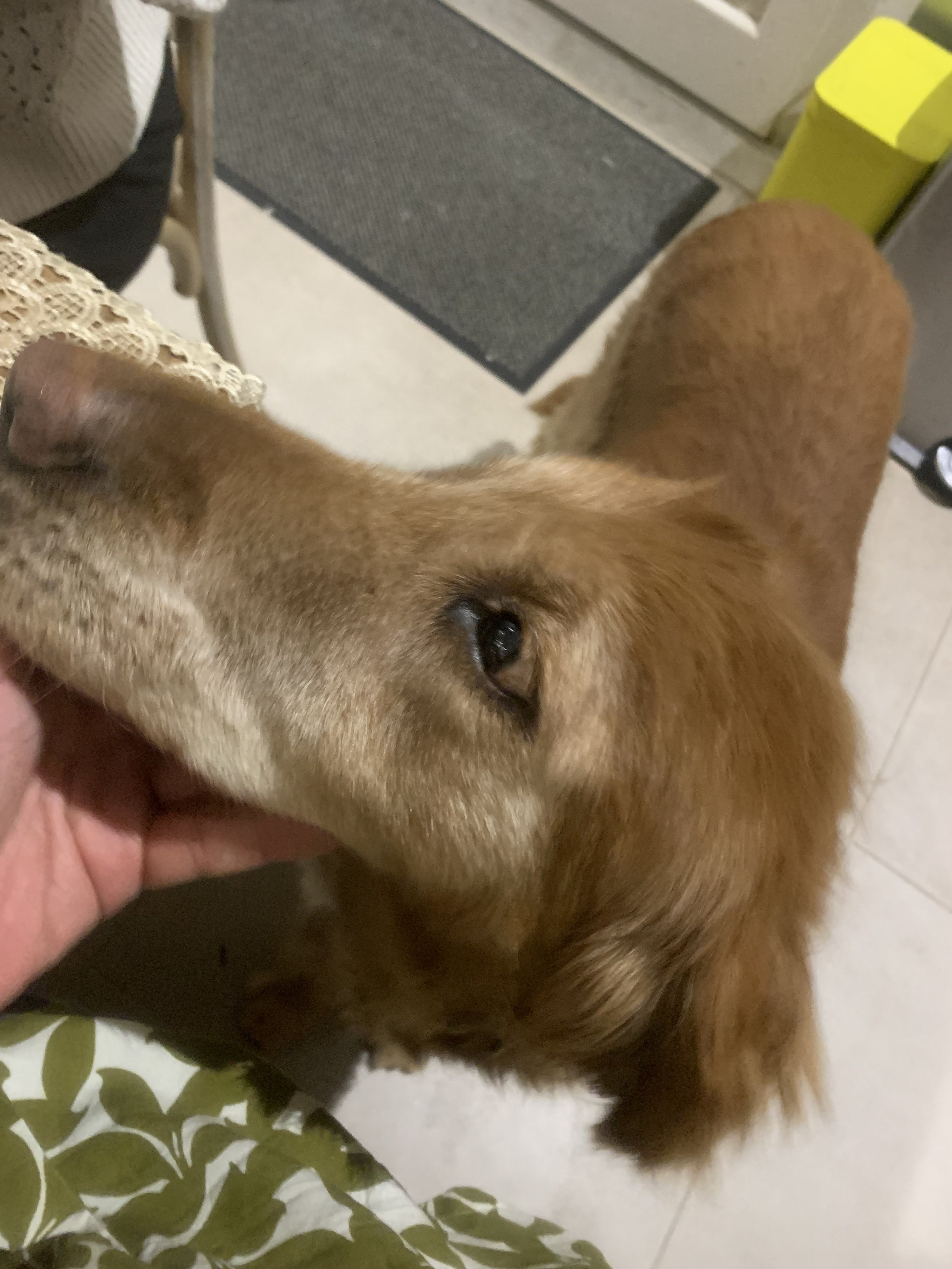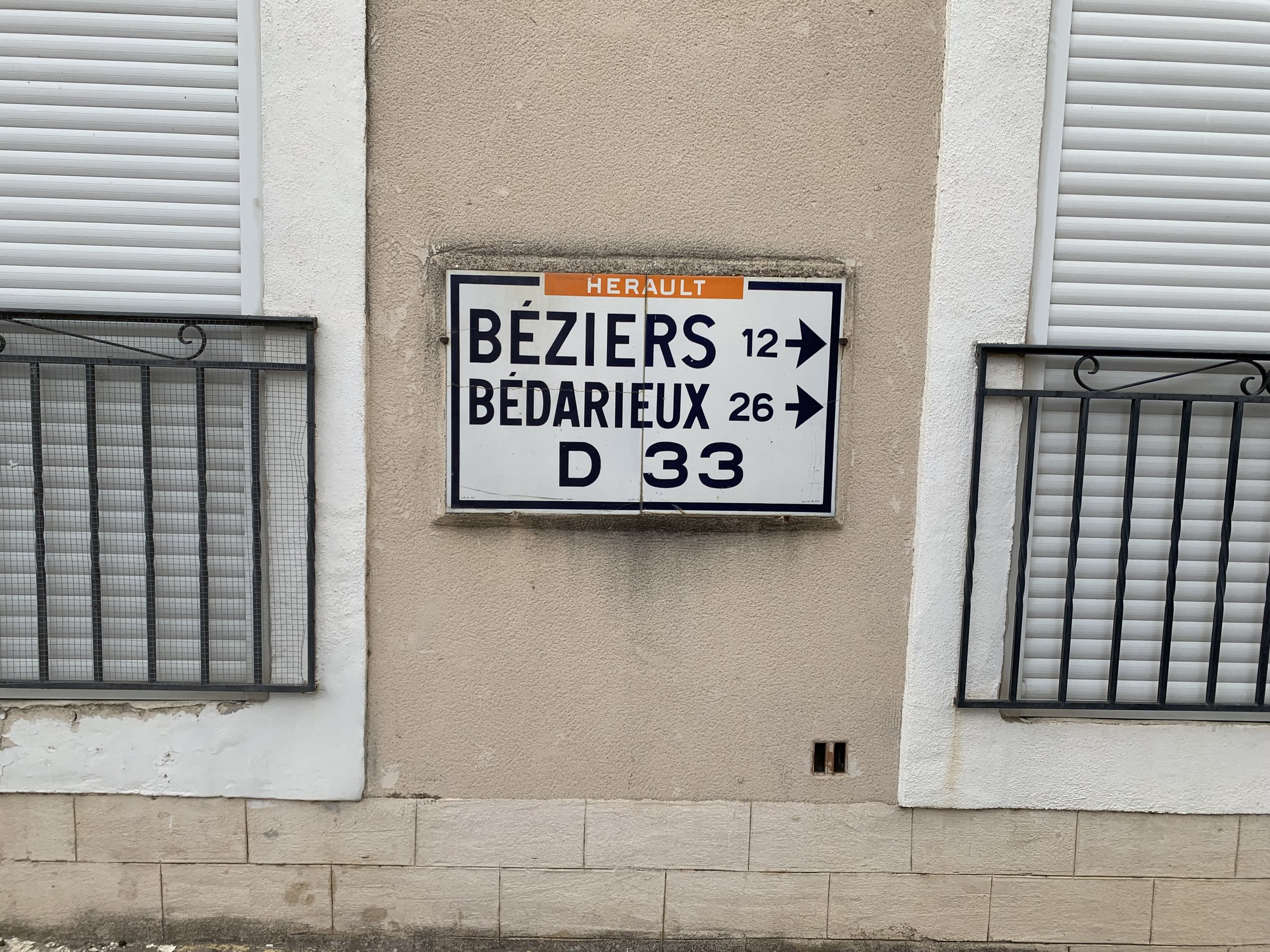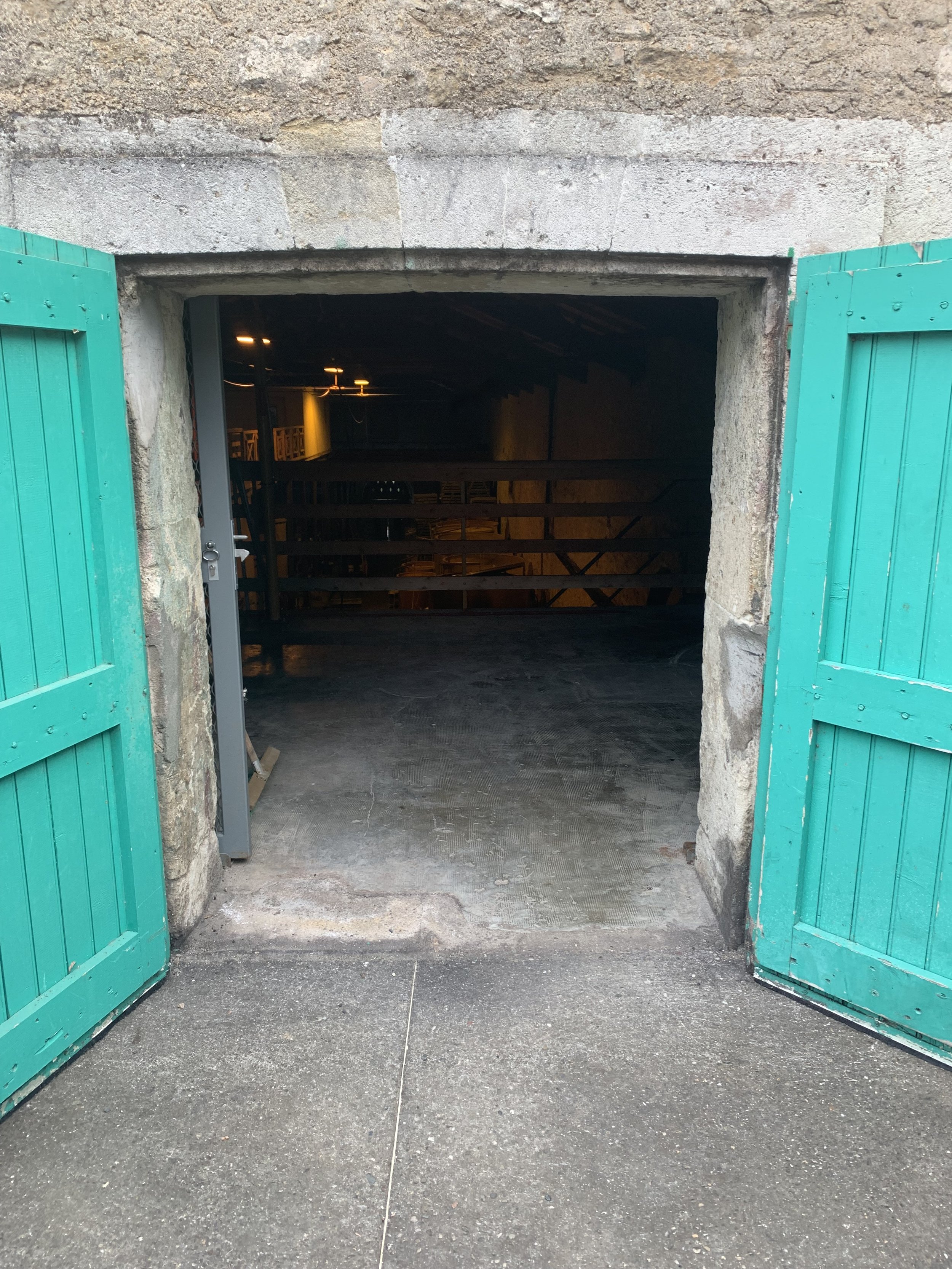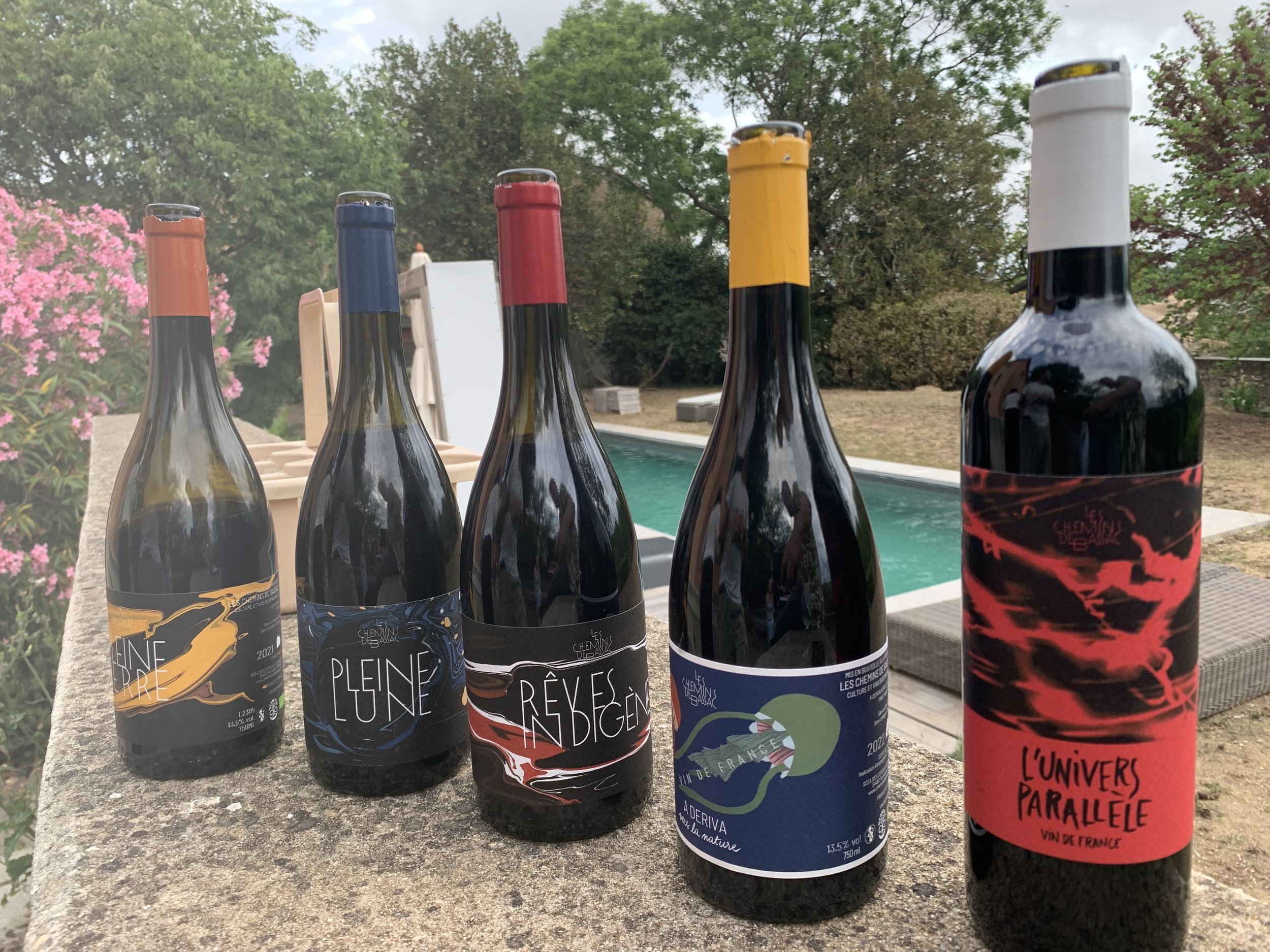Les Chemins de Bassac: Brazil, Biodynamics, and one family’s search for acceptance in the south of France.
Bruno Triguiero sat with his feet in the pool. It was midnight. We listened to samba booming from an invisible speaker, a black lump of plastic perched on the patio wall of a 200-year-old house. Bruno shares the rosé-colored building with Thama Sakuma, and their two daughters. The eldest child sat for a while on the wall. She tried to determine if the commotion was fun worth joining. Eventually she retreated. Final exams for French 13-year-olds would begin in six hours. A sore throat would keep the poor kid from attending. Her voice was raspy, inaudible. But our middle-aged conversations were too boring, even when playing hooky.
“It doesn’t matter how long we live here, we will always be outsiders.” It’s sleepy in 1,000-person Puimisson, a condition amplified by the aversion of locals to new residents. Bruno and Thama moved from São Paolo, to begin second lives as biodynamic farmers. In Brazil they were architects. Bruno needed a change. He had suffered from migraines, and found respite in lifestyle changes based around avoiding processed foods, and spending more time in nature. It was the start of a path that led to Les Chemins de Bassac, and converting an already-organic farm to biodynamic agriculture.
Paella is an attention-grabbing main course/entertainment unto itself.
“When this was a certified-organic farm, there was a cabinet full of organic-approved additives in the winery.” Bruno said it didn’t feel right. The wine was too adulterated. Today he will use some sulfur at bottling, if it’s necessary to prevent disasters. Otherwise, Bruno eschews manipulation. They use wild yeast. Many of the reds are made by carbonic maceration. Some whites are macerated on their skins, though not all. Bruno told a funny story about a European importer who insisted on selling their delicious Roussanne as a wine of maceration, even though it sees little-to-no skin contact. Even key figures in the trade confuse style and technique.
Conversation drifted into silence, and admiration of the black sky. I left the rectangle of rippling turquise light, and went inside. Thama was at the kitchen table, snacking on remnants of a massive paella that we’d decimated earlier in the evening. Prawns, mussels, squid, sausages, even whole chicken thighs, cooked under a mountain of fragrant rice. It was irresistible. I abandoned thoughts of sleep, and sat down for a second (and then third) serving. Thama admitted that carbs are her true craving. “I’m addicted,” she said. And who wouldn’t be? Each spoonful was saturated with the deeply satisfying flavor of a dozen mariscos, and several birds. The chef (a local from Puimisson) had done masterful work. The paella was right for bottles of Les Chemins de Bassac. Particularly the white wines, and the petillant. More on that later.
Our day started in the cellar.
A green wooden barn door adds color to an otherwise nondescript one-story facade. Move beyond it and tree-sized wood beams raised at the start of the 19th century support a roof that measures at half a football pitch long, and two city buses wide. It’s Impressive construction.
Bruno and Thama’s winery is a massive space made more cavernous by an optical illusion. Thirsty visitors crossing its threshold walk directly onto the top of a vast concrete storage vessel. There’s a submarine-style stainless-steel hatch in the tank’s lid. Wine can be pumped directly into the bedroom-sized container from above. The front of the sturdy old concrete vat has another hatch, at belt buckle height. Once all the red wine has been pumped out of its thermally-constant interior, pomace solids can be quite easily scooped out of this front door.
Cleaning wine vessels is tough. Old innovations can save days of shoveling and scrubbing.
The multi-level workspace is bordered by a gangplank of rickety metal walkways. Donkey Kong-style stairs and ladders connect levels. Suffer from a fear of heights, or vertigo? The winery floor is always visible 10 meters below. Waiting for you.
A small administrative office and tasting area sits above a long row of concrete tanks. How much wine could one make in this giant room? Far more than Bruno and Thama’s 30-odd acres of vines could ever produce. For many generations the farm was larger, and was a major producer of grain and livestock, alongside wine. This is the barn of an era when mixed-use agriculture was the norm. A place that underscores the enormous scale of farming in Languedoc’s barely-distant past.
We tasted wines in this vast, dim space. The tasting room is far from showy. Bruno perched himself on a wobbly chair. I stole a pad of graph paper, and took some notes (see below.)
The vin de table Les Chemins de Bassac Roussanne (bottled last week) had nice delicate light citrus aromas. The rich yellow apple color of the wine was likely the source of our foreign colleague’s misconception regarding its maceration, or lack thereof. The wine is quite clean, with slight tart pear flavors adding to the appeal.
The 2021 Sans Script is 100% Viognier. Direct press, no debourbage. Waxy texture, dry, with good intensity and a fine mineral/tannin finish. It was my first encounter with this new wine from Bruno and Thama, and I’d deem it a success.
Looking for maceration? The 2021 Luminophage is made with 10-12 days of skin contact. The wine is whole-bunch fermented, and aged in clay amphora. It’s 95% Roussanne, and 5% Rolle/Viognier. White flower and lychee aromas lead to a fine chalky conclusion.
It was great to catch up with the Incandescent vin de France rosé again. The wine gave happiness to NC admirers of pink wine with substance last summer, myself included. The new batch is marked by tart cherry red fruit. It’s clean, and I want it to be back before I grew weary of grilling.
If you need a dose of Chemins de Bassac deliciousness but can’t abide waiting until school starts up again, the pop-top pet-nat Bouteillou is ready and waiting in our warehouse. The effervescence is slight, calm. The fruit notes are more apple orchard than citrus. The wine has a little creamy vanilla component to it, and surprising mid-palate substance.
L’Univers Parallele vin de France is another first for me. Quite fresh blackberry aromas. Also olive, five spice, and macerated ripe cherry. Space is the place, apparently.
2022 A Deriva is on its way to America now. It’s Syrah and it’s ripe, but it isn’t dull. And it still has jellyfish on the label.
2021 Reves Indigenous is a new wine made from Grenache and Mourvèdre. The varieties are fermented separately. Bruno uses carbonic maceration for this cuvée, before aging it in very old barrels. He explained that Grenache clusters were physically quite sturdy in comparison to Mourvèdre. The former would drown out the latter if he co-fermented. I enjoyed this red. Black cherry and chocolate notes, lots of savory secondary flavors.
The 2021 Pleine Lune is 90% Pinot Noir and 10% Mourvèdre. The wine is high toned, lively, vivacious. So many new wines. I won’t import them all, but I did enjoy the lineup immensely.
In the morning Bruno scrambled some eggs, and pilfered some of Thama’s coffee stash. He doesn’t drink it, which I would consider odd for a Brazilian, were it not for the aforementioned migraines. I tried to make a quick exit. We posed for a photo by the front door. He was busy with some electrical work, and I needed to scoot over to Terrasses du Larzac, a completely opposite terroir. “In 10 years you can visit us in the desert, Bruno joked. “It will be like Star Wars.” While barely any rain fell in Puimisson during the months preceding my visit, Terrasses du Larzac was soaking. Winemakers in that vertical landscape needed wind to dry leaves, before mildew arrived. I set out for the mountains, in search of cheese, wine, and another great meal.





